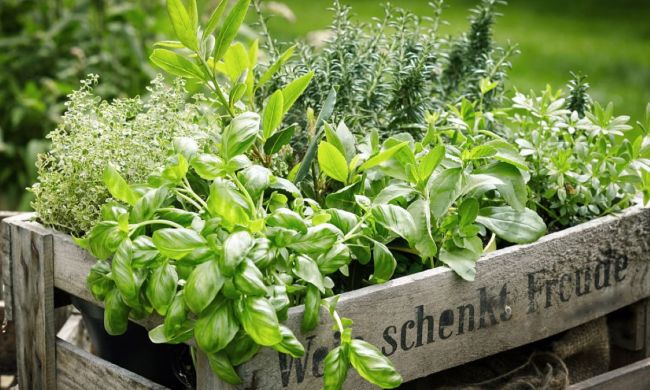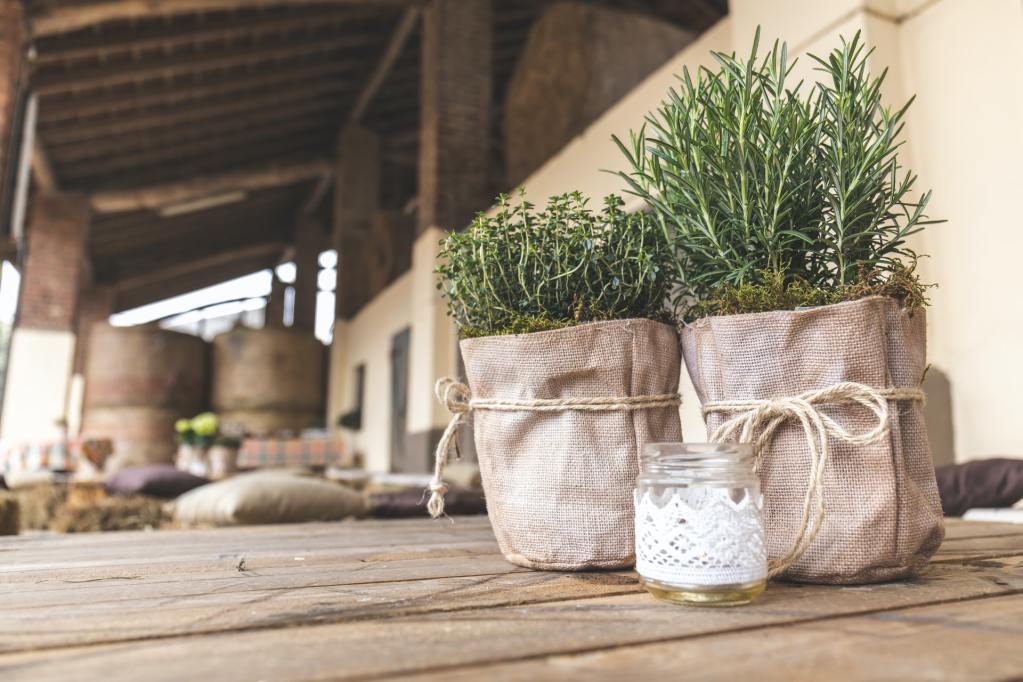
Many herbs can grow indoors under the right conditions. Rosemary belongs to this lot. The easiest way to do it is to purchase existing seedlings and repot them at home, leaving them with room to grow. Because of that, many people don’t readily know how to grow rosemary from seed — at least indoors and in a way that will help the plant thrive.
Some of the most important questions to keep in mind when growing rosemary indoors from seed are: What kind of soil does rosemary like? How do I care for my indoor rosemary? By answering those queries, we’ll help you grow successful rosemary plants.
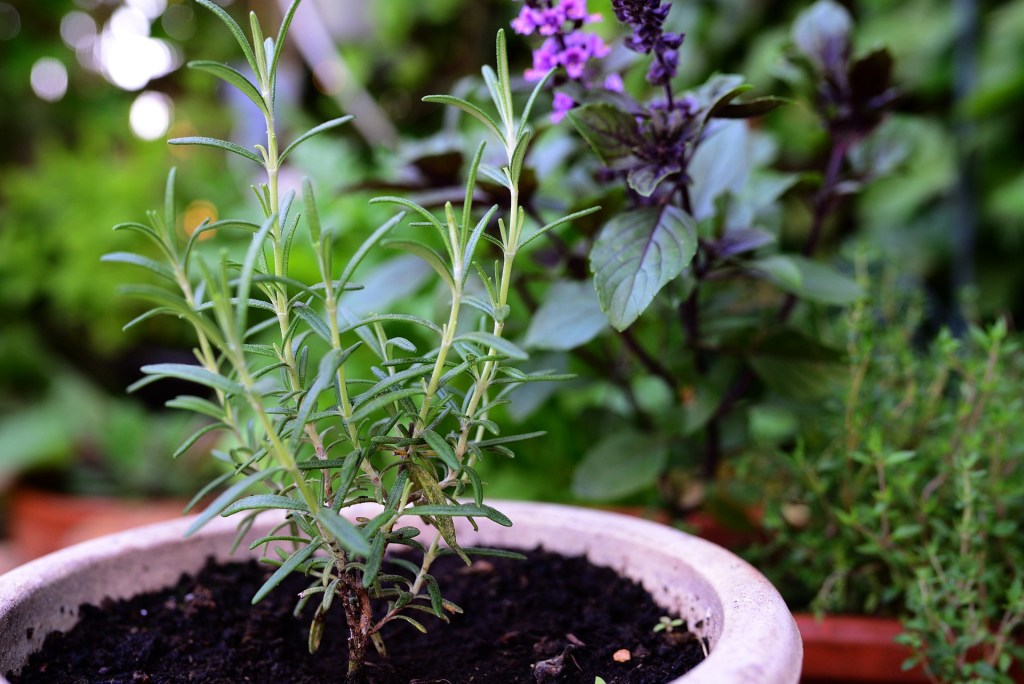
How to grow rosemary from seed
When growing rosemary from seed, it’s important to remember that the seeds can take time to germinate. So, don’t be too disappointed if they don’t grow big and strong within a week. Growing any herb from seed is a slower process than starting with a plant that’s already existing, but it will prove to feel very rewarding in the end.
To start your seeds, plant them in well-draining soil (like a light potting mix) and then cover them with a little bit extra soil so that there’s a good layer for them to keep warm under and root in. You’ll want to water them lightly, paying close attention to any water draining out the bottom to avoid making the dirt too soggy. Once you’ve prepared the seeds, cover them loosely with plastic wrap (or if you have a seed-starter kit, you may have plastic coverings for the seeds) until you see rosemary plants start to sprout.
When they sprout, you’ll want to move them to an area that’s warm and has good lighting. Keep the seedlings away from any drafty areas, and if starting in the winter, consider using grow lights to help ensure proper growth. Allow the rosemary seedlings to grow 3 inches high, then pot them in a larger container. Be sure the container leaves them with a lot of room to grow to avoid any unnecessary repotting in the future.
How often should I water my rosemary?
Be careful that you’re not watering your rosemary too much! You should only be watering it every couple of weeks. Make sure that the pot it’s planted in has proper drainage and only water when the top layer of soil feels dry to the touch.
Should I be using fertilizer to help my rosemary grow indoors?
Using too much fertilizer can damage the plant, so be careful when adding it to your care routine. Generally speaking, rosemary doesn’t need plant food, but if its leaves are turning yellow, that might mean there’s a nutrient missing in the soil. If you’re adding fertilizer, be sure that it’s a non-acidic, balanced liquid fertilizer.
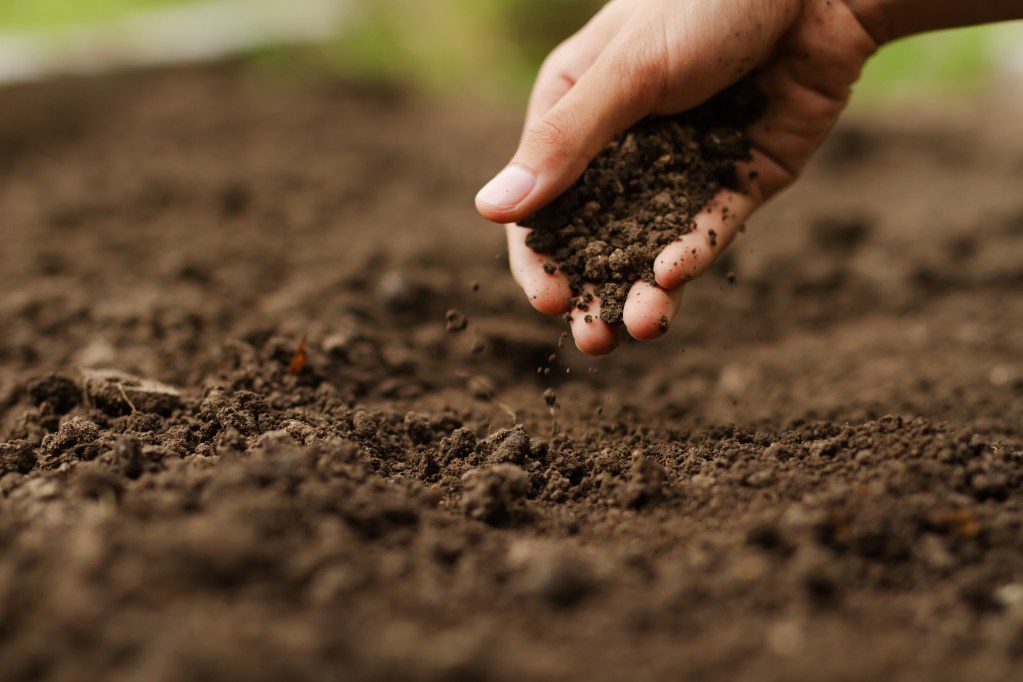
What’s the best soil to use for planting?
Rosemary requires well-draining, loamy soil for planting and growing. Well-draining soil will help ward off any potential overwatering, though you should still be wary of watering too much and making the soil soggy. Your herb won’t like sitting in water, as excess water can cause damage to the roots and potentially kill the plant.
What is loamy soil?
The different types of soil are made up of three components: clay, sand, and silt. The type is based on the amount of each component the soil has, and the mixture affects how well the soil absorbs water and allows drainage. Loamy soils have a roughly even mixture of clay, sand, and silt, giving them the capability to retain the moisture required to keep plants alive while allowing any excess liquid to drain.
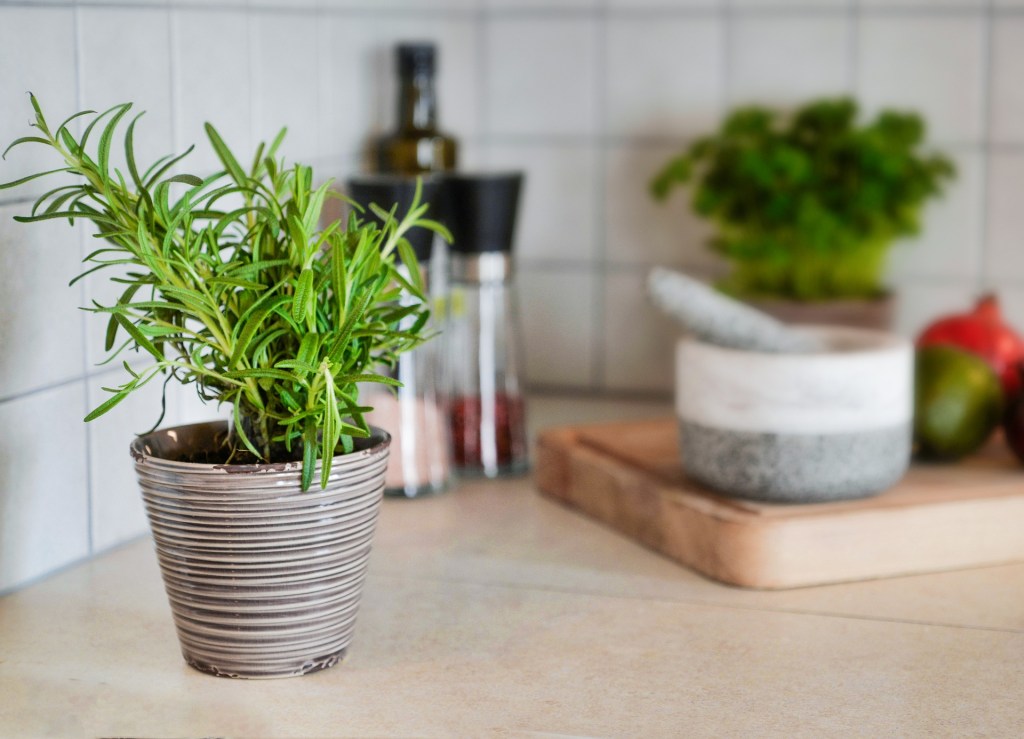
How to care for your growing rosemary
Rosemary does the best when the soil isn’t too wet. Pots with good drainage can help aid that need, and you’ll want to allow the soil to dry out between waterings. Rosemary is a relatively drought-tolerant herb, and it doesn’t like sitting in moist soil. It also needs a lot of sunlight to fully thrive.
You’ll want to place your indoor rosemary plant in a bright space where it can get between six to eight hours of light a day. If you’re growing rosemary in the winter (or in a dimmer setting), you may want to purchase the appropriate grow lights to help aid in the plant’s light requirements.
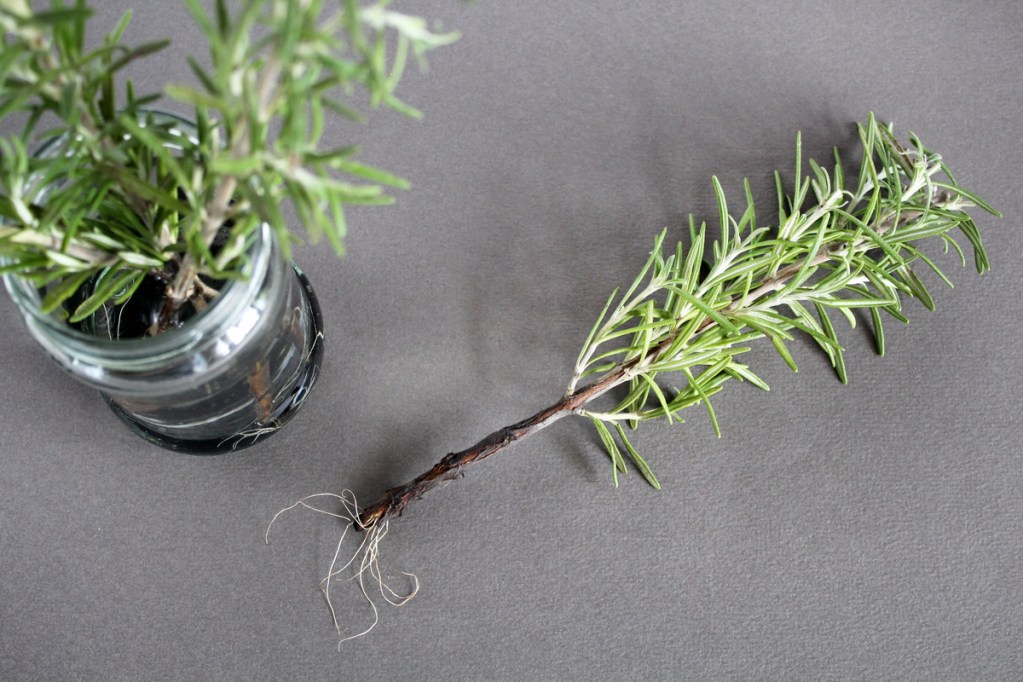
How long does it take for rosemary to mature from seed?
Typically, the seed packet that your rosemary comes in will indicate how many days it will take to be ready for harvest — the specific number of days may vary between different brands. In any case, growing rosemary from seed will require some patience. Rosemary can take anywhere from two weeks to a month to germinate, and you’ll need to care for it to maturity from there.
Waiting for your rosemary plant to mature from seed usually takes around six to 12 months, so don’t lose hope if you notice slow growth. To give your plant the best chance for survival, start your seeds during the warmer months of the growing season. If your plant makes it through its first year, it will likely grow even stronger in its second year.
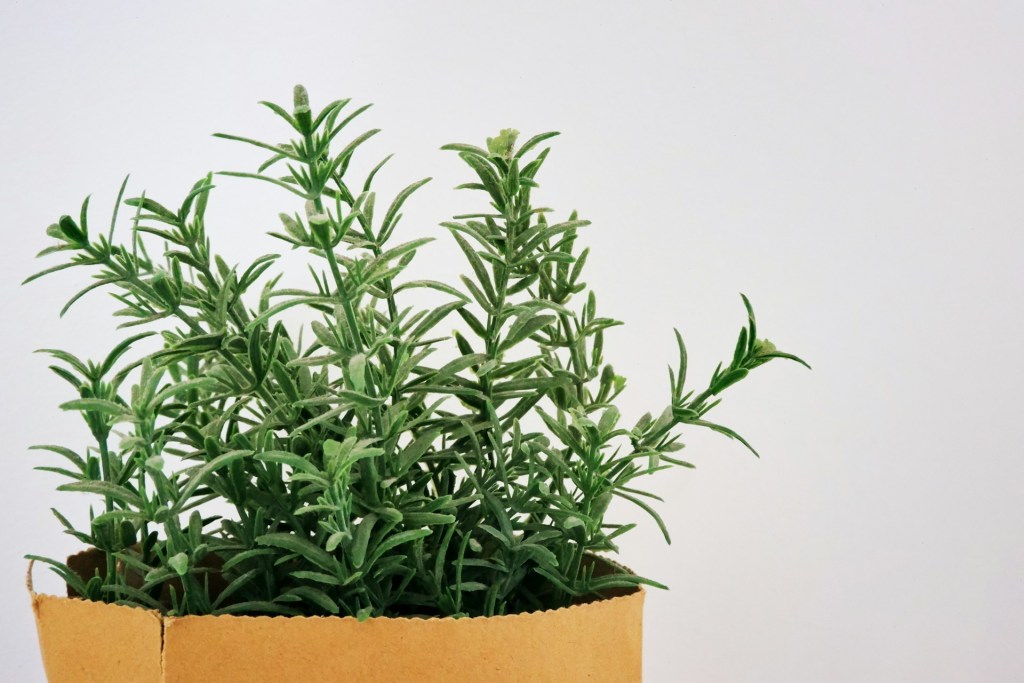
What to do when it’s time to harvest
Once your plant is mature, you can start harvesting your rosemary whenever you need it. Because the leaves grow entirely along the stem, you won’t necessarily find the “perfect” spot to cut it. Luckily, rosemary will begin to branch off from wherever it’s cut, so just make sure to avoid clipping the whole stem off. By leaving at least an inch or two of the existing stem, you’ll help encourage future growth. Rosemary is also a great candidate for propagation, if you want to share your bounty with friends and family.
If you’re drying your rosemary instead of using it fresh, make sure to wash off the stems before you begin. From there, you can simply leave the stem on the counter and let it dry out; however, if you want to help your dried rosemary have good quality, a food dehydrator is useful.
Once you’ve harvested your rosemary, you can use it in so many different ways! It’s great as seasoning in a variety of dishes, including in soups and on chicken-based meals. It also goes well with grains and a variety of starches. If you want a delicious, savory spread, mash rosemary and garlic into slightly melted butter.
With the right care, you’ll be able to successfully grow rosemary from seeds year-round — and potentially be on the way to creating your own indoor herb garden.
